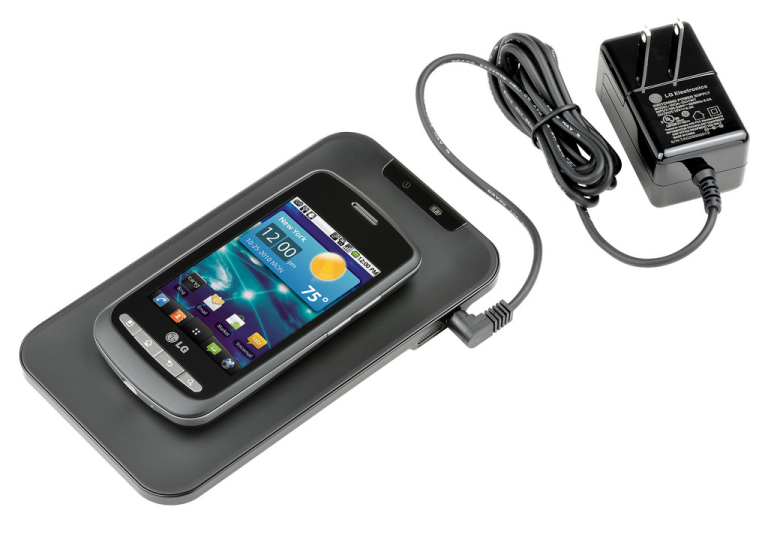Chapter 14. Inductance
Introduction

In Electromagnetic Induction, we discussed how a time-varying magnetic flux induces an emf in a circuit. In many of our calculations, this flux was due to an applied time-dependent magnetic field. The reverse of this phenomenon also occurs: The current flowing in a circuit produces its own magnetic field.
In Electric Charges and Fields, we saw that induction is the process by which an emf is induced by changing magnetic flux. So far, we have discussed some examples of induction, although some of these applications are more effective than others. The smartphone charging mat in the chapter opener photo also works by induction. Is there a useful physical quantity related to how “effective” a given device is? The answer is yes, and that physical quantity is inductance. In this chapter, we look at the applications of inductance in electronic devices and how inductors are used in circuits.
Licenses and Attributions
Introduction. Authored by: OpenStax College. Located at: https://openstax.org/books/university-physics-volume-2/pages/14-introduction. License: CC BY: Attribution. License Terms: Download for free at https://openstax.org/books/university-physics-volume-2/pages/1-introduction

